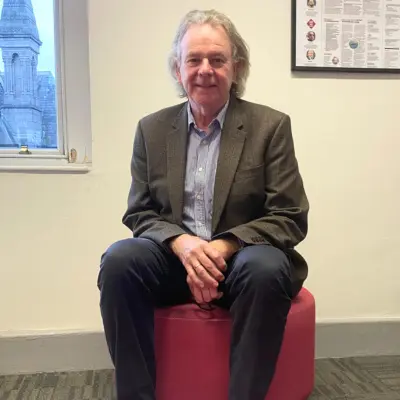IT – A Catalyst for Change


I have long held the belief that the purpose of IT, its very essence, and its mission statement is to enable organisational efficiency, effectiveness, and excellence. With this in mind, many would see IT as a catalyst for positive organisational change. When I started in Codex three years ago, I introduced a mission statement for the IT department to our Senior Management Team. This mission statement read, “The purpose of IT is to enable the business to be as efficient and efficient as possible through the timely delivery of secure and scalable solutions and services”. The keen-eyed among you will recognise Peter Drucker in there.
Challenges
Living this mission statement is not always simple. The day-to-day challenges of support, proactive maintenance, system administration, security and governance can complicate the path to success. Equally, IT are not sole champions, solely responsible, and thinking such would be both naive and grandiose. Few contemporary organisations are truly successful without all teams, departments and functions contributing to the strategic direction of an organisation. Each team and department must find its own way to enable strategic growth, organisational efficiency, and effectiveness.
Strategic Direction
For IT, the goal must be to understand the path and direction of an organisational journey – what the organisation needs to achieve and how best to deliver these needs before it is ready to leverage them – to be one step ahead of organisational needs. To enable symbiotic cooperation with key stakeholders, this journey begins with IT participating in organisational strategic talks to understand each department’s goals and directions. Critically and most challengingly, this sometimes means catching up and overtaking the organisational needs, delivering on existing needs and wants, overcoming its own finite resources and working head ahead of other departments and teams.
Building Blocks
These strategic conversations lead to an internal reflection on how best to set one’s own team up to configure its own resources and enable the organisational journey. Key elements such as people and skill sets, vendor partnerships, and IT infrastructure must be put in place first. Joined-up strategic thinking such as data strategies is not only necessary but critical. Once these elements start to line up and come into play, an effective IT department can’t begin to deliver the key building blocks necessary to support the entire organisation.
Growth Through Change
The conversation, however, does not stop there. Merely making oneself ready doesn’t mean that you’ve achieved anything. These strategic discussions must result in the adjustments in software, reporting, data, and other tools that the larger organisation needs to better serve its clients, employees, and other stakeholders.
Naturally, these changes introduce new complexities to their day-to-day, but these challenges must be welcomed. If you’ve achieved this stage, you are on the right path to enabling the organisation and staying there is vital. Ultimately to paraphrase our good friend Peter Drucker, the purpose of IT is to facilitate organisational effectiveness and efficiency. Conversations that start strategic will enable organisational growth if fostered and supported correctly.

Latest Posts

Unlocking The Potential of a Neurodiverse Workplace
Workplaces are already neurodiverse, yet many organisations overlook the strengths of varied cognitive styles. Dave Cormack discusses actionable steps to move from passive acknowledgement to active workplace neuroinclusion.






